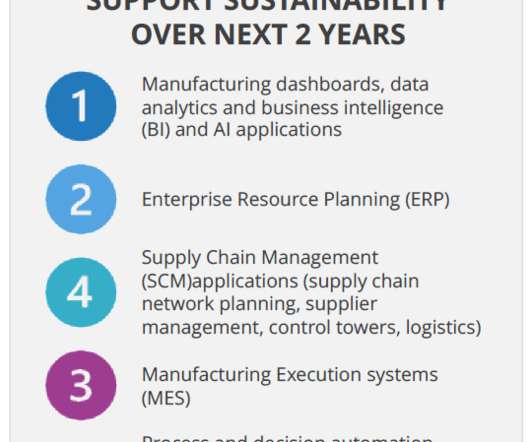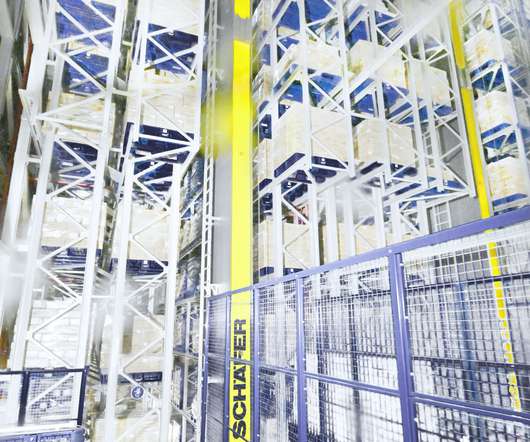Reshoring and Domestic Manufacturing Incentives: Impacts on Supply Chain Logistics
Logistics Viewpoints
DECEMBER 4, 2024
Reshoring, the practice of bringing manufacturing operations back to the United States, has gained renewed momentum in recent years, largely driven by a combination of political priorities, economic strategies, and global supply chain disruptions. The Case for Reshoring: Benefits for Supply Chains 1.























































Let's personalize your content